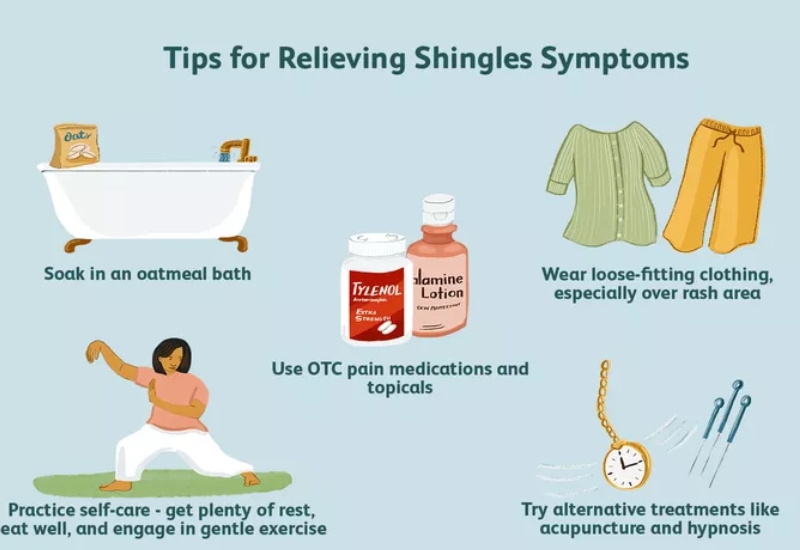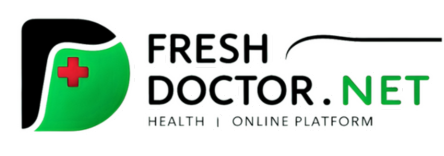The Shingles Solution for treating shingles naturally.

Introduction to Shingles
Shingles, also known as herpes zoster, is a viral infection caused by the reactivation of the varicella-zoster virus, the same virus responsible for chickenpox. While most individuals recover from chickenpox without complications, the virus remains dormant in the body and can reactivate later in life, manifesting as shingles. This condition is characterized by a painful rash, which often appears as a stripe of blisters on one side of the body. Shingles can significantly affect the quality of life, particularly in older adults or individuals with weakened immune systems.
Natural treatments for shingles have gained popularity as people increasingly seek holistic and non-invasive ways to manage health conditions. By leveraging dietary strategies, herbal remedies, lifestyle modifications, and stress management techniques, many have found relief from the symptoms of shingles. This article explores natural approaches to managing shingles, emphasizing evidence-based solutions that support healing and improve overall well-being.

Understanding the Causes and Symptoms of Shingles
Shingles occurs when the varicella-zoster virus, lying dormant in nerve tissues, becomes reactivated. Several factors can trigger this reactivation, including aging, stress, illness, or immunosuppression. Age is a significant risk factor, as the immune system weakens naturally over time, increasing susceptibility. Stress, which can weaken the immune response, is another common trigger.
The symptoms of shingles typically progress through several stages. Early signs may include fever, fatigue, and sensitivity to light, followed by itching, tingling, or pain in a localized area of the skin. Within days, a red rash develops, often accompanied by fluid-filled blisters. The pain associated with shingles can range from mild discomfort to severe, burning sensations that interfere with daily activities. In some cases, shingles can lead to postherpetic neuralgia (PHN), a condition marked by prolonged nerve pain even after the rash resolves.
Risk Factors for Shingles
Anyone who has had chickenpox is at risk for developing shingles, but certain factors increase this risk:
- Age: Shingles is most common in people over the age of 50. The risk and severity of complications increase with age.
- Weakened Immune System: Diseases such as HIV/AIDS and cancer, along with treatments like chemotherapy, lower immunity and heighten the risk of shingles.
- Certain Medications: Immunosuppressant drugs, such as those used to prevent organ rejection, as well as long-term steroid use, can trigger shingles.
Diet and Nutrition for Managing Shingles
Nutrition plays a critical role in supporting the immune system and promoting healing during a shingles outbreak. A diet rich in vitamins, minerals, and antioxidants can help reduce inflammation and enhance recovery. Key nutrients include:
- Vitamin C: Known for its immune-boosting properties, vitamin C can be found in citrus fruits, bell peppers, and strawberries. Incorporating these foods into your diet can support the body’s ability to fight the virus.
- Vitamin E: This antioxidant, present in nuts, seeds, and spinach, helps repair damaged skin and tissues.
- Zinc: Essential for immune function, zinc is abundant in foods like pumpkin seeds, legumes, and shellfish.
- Lysine: An amino acid found in yogurt, cheese, and fish, lysine is believed to inhibit the replication of the herpes virus.
Avoiding certain foods is equally important. Sugary, processed, and high-fat foods can exacerbate inflammation and weaken the immune response. Additionally, reducing the intake of arginine-rich foods like chocolate and nuts may help, as arginine is known to promote the growth of the herpes virus.

Essential Oils and Topical Treatments
Essential oils offer a natural way to alleviate shingles symptoms and promote healing. Popular options include:
- Tea Tree Oil: Known for its antiviral and antibacterial properties, tea tree oil can be diluted and applied to the affected area to reduce discomfort and prevent secondary infections.
- Lavender Oil: Lavender’s calming and anti-inflammatory properties make it ideal for soothing pain and irritation.
- Peppermint Oil: The cooling sensation of peppermint oil can provide immediate relief from burning or itching.
- Chamomile Oil: Chamomile promotes skin healing and reduces inflammation when applied topically.
Before using essential oils, ensure they are diluted with a carrier oil such as coconut or almond oil to prevent skin irritation.
Stress Management and Lifestyle Modifications
Stress is a known trigger for shingles outbreaks and can exacerbate symptoms. Incorporating stress management techniques into daily life can significantly improve outcomes. Techniques include:
- Meditation and Mindfulness: Regular mindfulness practice can reduce stress levels and improve emotional resilience.
- Yoga and Tai Chi: These gentle exercises combine physical movement with breathing techniques, promoting relaxation and enhancing immune function.
- Adequate Sleep: Prioritizing quality sleep allows the body to repair and rejuvenate, strengthening the immune system.
- Physical Activity: Moderate exercise supports overall health and helps regulate stress hormones.
Additionally, maintaining good hygiene and wearing loose-fitting clothing can prevent irritation of the affected area, while avoiding scratching the blisters reduces the risk of infection.
Supporting Long-Term Immune Health
Preventing future shingles outbreaks requires a robust immune system. Strategies to strengthen immunity include:
- Probiotics: Incorporating probiotic-rich foods like kefir, sauerkraut, and miso can enhance gut health and support immunity.
- Hydration: Drinking plenty of water helps flush toxins from the body and keeps the skin hydrated.
- Regular Check-Ups: Periodic health assessments can help identify and address potential triggers before they lead to an outbreak.
- Supplements: Consider supplements like vitamin D, elderberry, or echinacea to bolster the immune system, especially during times of stress or illness.

Caring for Shingles at Home
Managing shingles symptoms at home involves supportive care to alleviate discomfort and prevent secondary infections:
- Keep the Rash Clean and Dry: Avoid scratching the rash, and cover it loosely to protect the skin.
- Apply Cool Compresses: Cold, moist compresses on the affected area can help soothe burning or itching sensations.
- Take Baths with Oatmeal: Oatmeal baths are known to relieve itching and irritation.
- Wear Comfortable Clothing: Soft, loose clothing can reduce skin irritation.
Contagion and Isolation: Is Shingles Contagious?
Although shingles itself is not contagious, the varicella-zoster virus can spread to someone who has never had chickenpox, causing them to develop chickenpox rather than shingles. Precautions include:
- Avoid Contact with Vulnerable Individuals: People with shingles should stay away from pregnant women, infants, and individuals with weakened immune systems.
- Cover the Rash: Keeping the rash covered reduces the risk of virus transmission.
- Practice Good Hygiene: Regular handwashing helps prevent the spread of the virus.
The Course of a Shingles Outbreak: What to Expect
A shingles outbreak usually follows a predictable pattern from onset to recovery:
- Prodromal Stage: Pain, tingling, or burning sensations begin in a localized area a few days before the rash appears.
- Active Rash Stage: Blisters develop in a band-like pattern, fill with fluid, and then crust over within 7 to 10 days.
- Healing Stage: The scabs fall off, and the skin heals over the following weeks. For some, residual pain (PHN) may persist.
The entire course of a shingles outbreak typically lasts three to five weeks, though complications like PHN can prolong discomfort.
Conclusion

Shingles can be a challenging condition to manage, but natural treatments offer a holistic approach to recovery and prevention. By focusing on a nutrient-rich diet, incorporating herbal and essential oil therapies, managing stress, and supporting immune health, individuals can effectively reduce symptoms and promote healing. While natural remedies can be highly beneficial, it is essential to consult healthcare professionals to ensure that these methods complement your overall treatment plan. With a comprehensive and mindful approach, the journey to recovery from shingles can be both empowering and restorative.











